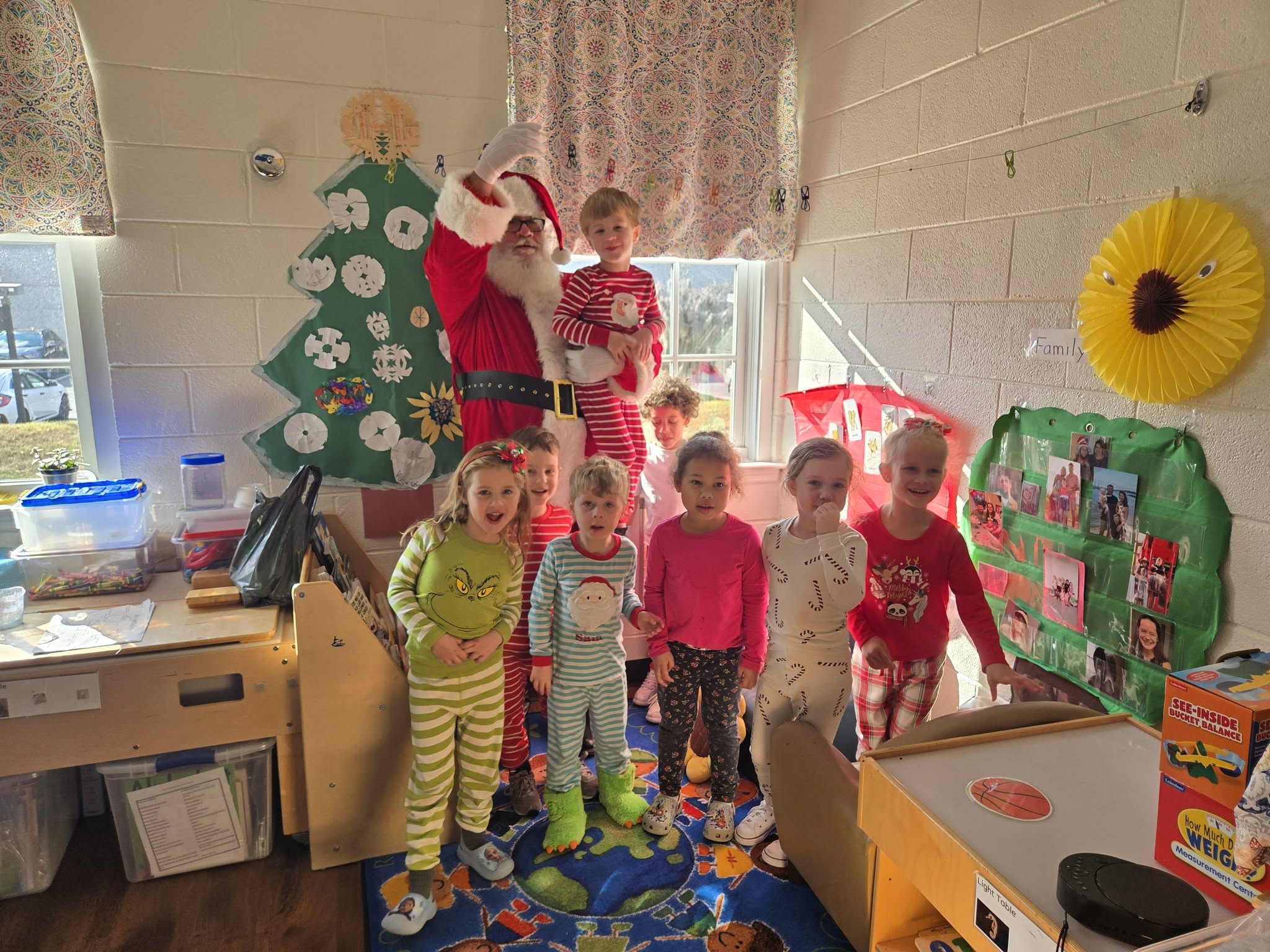

Child Enrichment Center | Beaufort County South Carolina | Mike Anthony’s cousin Laura — retired from the public schools — works with the children here now.
Open agenda; Not Too Organized. Whatever anyone wants to talk about. We meet once a month like this. Use the login credentials at the upper right of our home page.
Winter Hours at our State Street Office: 8:30 AM – 4:00 PM
Join us for lunch 11:45 AM – 1:15 PM every Third Wednesday | University of Michigan Business School Executive Dining Room
“Christmas Families”
Catholic Central High School | Kent County Michiganhttps://t.co/OvLJVkE4vPhttps://t.co/RNCozv90o8 pic.twitter.com/zt3IyLsczj— Standards Michigan (@StandardsMich) December 23, 2023
“Driving Home for Christmas” 1986 | Chris Reahttps://t.co/USEQbf2wlp
Voices4You | Vorarlberg, Republik Österreichhttps://t.co/Ha9nzTg6PN pic.twitter.com/2K1IDukTfj— Standards Michigan (@StandardsMich) December 21, 2024
Autumn term, done ✅
Happy, happy Christmas all you wonderful people who work in schools. Time to rest 🎄 pic.twitter.com/laJGpaydEw— Claire Stoneman (@stoneman_claire) December 20, 2024
Davenport University Dining | Kent County Michiganhttps://t.co/EhJHcY3eh6https://t.co/C9ommPbsge@DavenportUhttps://t.co/RpHbzBa1gQ pic.twitter.com/poVvpXPjIu
— Standards Michigan (@StandardsMich) December 18, 2023
ProPublica Nonprofit Explorer: Davenport University, Kent County Michigan
Davenport University Facilities
Across our campuses, Davenport is spreading holiday cheer! ❤️ From food drives to toy collections and volunteer events, our students, faculty, and staff are giving back and making a difference this season. 🎄🌟 Learn more here: https://t.co/MT6VjVN2XU pic.twitter.com/ALgbVcxTjr
— davenportu (@DavenportU) December 17, 2024
Self Reliance: Ralph Waldo Emerson
“Self-Reliance” by Ralph Waldo Emerson is an essay that emphasizes individualism, nonconformity, and the importance of trusting one’s own instincts. Here are some passages from this influential accomplishment that informs American culture:
“Trust thyself: every heart vibrates to that iron string.”
” A foolish consistency is the hobgoblin of little minds, adored by little statesmen and philosophers and divines.”
“To be great is to be misunderstood.”
“Whoso would be a man must be a nonconformist.”
“Nothing can bring you peace but yourself. Nothing can bring you peace but the triumph of principles.”
These excerpts capture the essence of Emerson’s philosophy in “Self-Reliance,” promoting the idea of individualism, self-trust, and the pursuit of one’s unique path in life.
We have avoided listing interpretations offered by artificial intelligence algorithms because those algorithms are informed by at least one-hundred years of biased interpretation by scholars funded by the US federal government which has long since grown hostile to individualism; worthy coffee-house debate. We recommend you consult the original text, linked above.
💉✨ Choose your pathway to nursing success! Davenport’s BSN program offers flexible admission options, no waitlists, and three years of hands-on learning. Apply now! https://t.co/nJB6eNMhBs
Read more about DU’s BSN program here: https://t.co/tqz2Dvyn4A pic.twitter.com/TDYHiIKtc4
— davenportu (@DavenportU) November 18, 2024
New update alert! The 2022 update to the Trademark Assignment Dataset is now available online. Find 1.29 million trademark assignments, involving 2.28 million unique trademark properties issued by the USPTO between March 1952 and January 2023: https://t.co/njrDAbSpwB pic.twitter.com/GkAXrHoQ9T
— USPTO (@uspto) July 13, 2023
Standards Michigan Group, LLC
2723 South State Street | Suite 150
Ann Arbor, MI 48104 USA
888-746-3670
